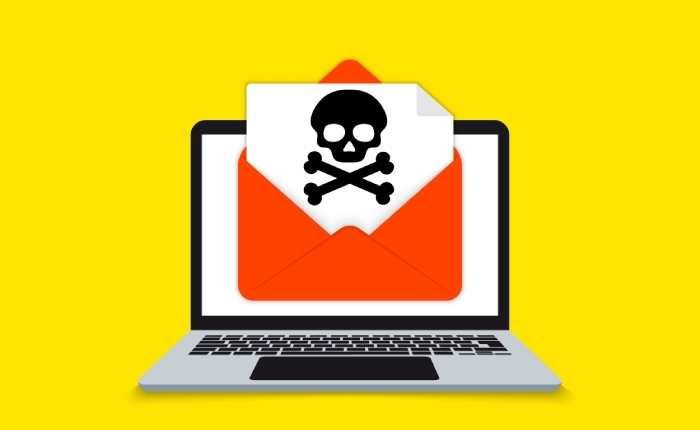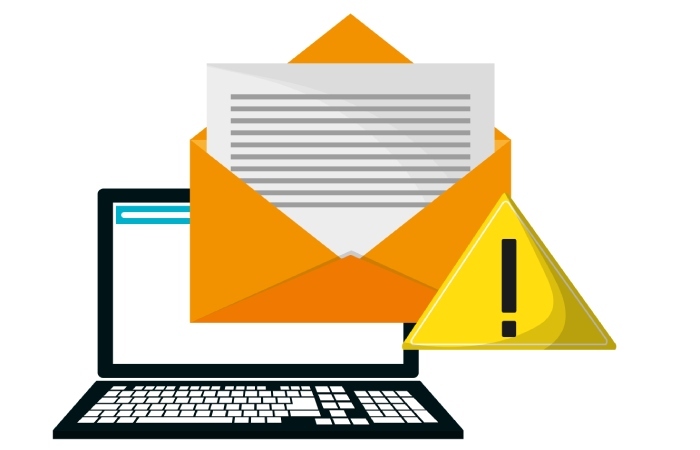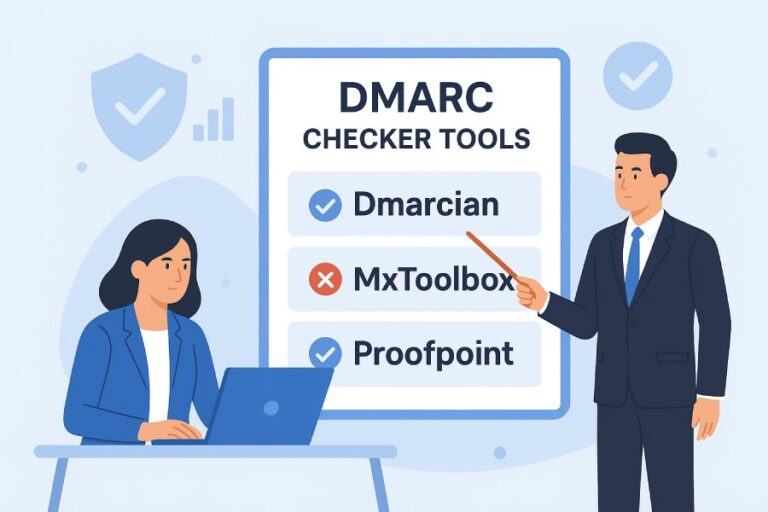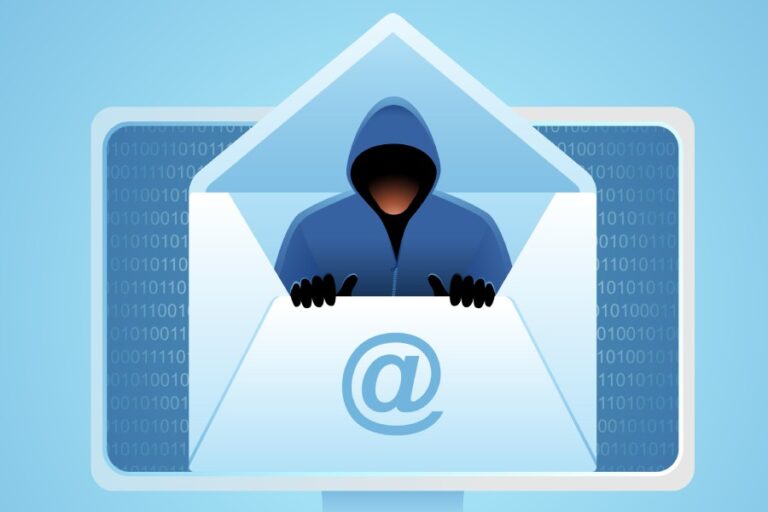Comprehensive Guide To DMARC Monitoring Services For Msps And Service Providers
Email remains one of the most common entry points for cyberattacks, making domain protection a top priority for organizations of all sizes. Managed Service Providers (MSPs) and service providers, who oversee multiple client environments, face increasing pressure to safeguard domains from phishing, spoofing, and other email-borne threats. Domain-based Message Authentication, Reporting, and Conformance (DMARC) has emerged as a crucial standard for strengthening email authentication, protecting brand reputation, and ensuring messages reach their intended recipients.
DMARC monitoring services play a pivotal role in this process by providing visibility into authentication results, detecting misconfigurations, and uncovering potential misuse of domains. For MSPs and service providers, these tools not only enhance security but also streamline compliance, reduce operational overhead, and improve deliverability across diverse platforms like Microsoft 365 and Google Workspace. This guide explores the importance of DMARC monitoring, the key features to look for, leading tools in the market, and best practices for effective implementation.
Understanding DMARC: Basics and Importance
Domain-based Message Authentication, Reporting, and Conformance (DMARC) is a pivotal email authentication protocol that builds on SPF record and DKIM signing mechanisms to enhance email security. By establishing policies for how an organization’s incoming emails should be handled—whether accepted, quarantined, or rejected—DMARC plays a critical role in phishing protection and email spoofing prevention. At its core, DMARC enables domain owners to publish email policy alignment standards in DNS configuration, thereby allowing receiving mail servers to validate the authenticity of the sender via the SMTP protocol.
Understanding DMARC entails recognizing its contribution not only to email fraud prevention but also to improving email deliverability and protecting domain reputation. When correctly applied, DMARC policy enforcement drastically reduces unauthorized use of a domain for malicious purposes, which is crucial as phishing attacks continue to evolve and exploit vulnerabilities in email headers analysis and spam filtering. For MSPs (Managed Service Providers) and service providers managing multiple client domains, mastering DMARC’s intricacies offers a solid cybersecurity foundation—aligning email compliance initiatives with broader security information and event management (SIEM) systems.

The Role of DMARC Monitoring in Email Security
DMARC monitoring services provide continuous oversight of domain authentication results through aggregate DMARC reports and forensic reporting. These reports deliver detailed insights from email threat detection to real-time incident response, ensuring organizations remain aware of ongoing misuse attempts or configuration errors. For MSPs and service providers, leveraging DMARC monitoring enhances their ability to deliver comprehensive email security offerings, extending email fraud prevention capabilities beyond basic SPF and DKIM validations.
Through effective DMARC monitoring, MSPs can identify and analyze anomalies in email traffic, including suspicious outbound or inbound emails that may indicate a compromise. This visibility enables proactive measures such as adjusting DMARC policy enforcement for optimal protection without sacrificing email deliverability. Additionally, coupling DMARC monitoring with blocklist monitoring and domain reputation management can alert service providers when their client domains are flagged for spam or abuse, allowing timely remediation.
Moreover, integration with security information and event management platforms amplifies the effectiveness of incident response workflows. MSPs can correlate DMARC data with other email security and cybersecurity threat intelligence, facilitating comprehensive spam filtering strategies, email encryption policies, and zero-trust email frameworks. Such an integrated approach is increasingly vital given the growing sophistication of cyber threats targeting email infrastructures.

Key Features to Look for in DMARC Monitoring Services
When selecting a DMARC monitoring service, MSPs and service providers should prioritize features that support advanced email authentication and compliance requirements:
- Comprehensive Aggregate and Forensic Reporting: The service should provide detailed insight into SPF record and DKIM signing alignment, including granular forensic reports for failed authentication attempts.
- User-Friendly Dashboard and Visualizations: Tools like Dmarcian and EasyDMARC excel in presenting actionable data on email policy alignment and DNS configuration, helping administrators quickly detect inconsistencies and improve email deliverability.
- Automated DMARC Policy Enforcement Recommendations: Platforms such as OnDMARC and Valimail automate DMARC policy optimization—from none to quarantine and reject—ensuring optimal mitigation of email spoofing while maintaining client communications.
- Integration with Email Security and SIEM Solutions: Compatibility with Cisco Email Security, FireEye, and Trend Micro platforms allows seamless inclusion of DMARC data within broader threat detection and cybersecurity incident response programs.
- Blocklist Monitoring and Domain Reputation Management: Services should continuously monitor common blocklists and provide alerts, ensuring domains stay off spam lists, thereby supporting email compliance and reducing false positives in spam filtering.
How MSPs and Service Providers Can Benefit from DMARC Monitoring
For MSPs and service providers, integrating DMARC monitoring services into their email security portfolio offers multiple strategic benefits:
- Enhanced Customer Trust and Domain Protection: By implementing robust domain-based message authentication and DMARC policy enforcement, MSPs help clients shield their organizations from email fraud and phishing, preserving brand reputation.
- Streamlined Email Compliance Management: Monitoring services support adherence to industry standards and regulatory requirements by ensuring proper email policy alignment, thus avoiding costly compliance violations.
- Improved Email Deliverability: Ensuring SPF record, DKIM signing, and DMARC alignment reduces the risk of legitimate emails being caught in spam filters. This enhances client communication efficiency, especially when managing email platforms like Mailgun or LuxSci.
- Centralized Multi-Client Management: MSPs can monitor aggregate DMARC reports across diverse client environments, including those using Mimecast, Barracuda Networks, or IRONSCALES, enabling proactive issue detection and resolution.
- Reduced Operational Overhead: Automated DMARC policy optimization and incident response workflows diminish the manual efforts required for DNS configuration and email threat detection, freeing up resources for broader cybersecurity initiatives.
- Integration with Security Ecosystem: By aligning DMARC monitoring with security information and event management systems and email encryption solutions like Trustifi, MSPs deliver a holistic defense against complex email threats.

In sum, DMARC monitoring empowers MSPs and service providers not only to protect clients from prevalent email attacks but also to position themselves as trusted cybersecurity partners in an increasingly hostile digital landscape.
Evaluating Popular DMARC Monitoring Tools and Platforms
The market offers a variety of DMARC monitoring services, each furnishing different strengths suited for MSPs and service providers:
- Valimail: Known for its automated DMARC enforcement and extensive integration capabilities, Valimail serves enterprises aiming for zero-fail email authentication with advanced forensic reporting and incident response tools.
- Agari: Specializes in AI-powered email threat detection and phishing protection, integrating DMARC analytics with sophisticated spam filtering and email headers analysis to safeguard domain reputation.
- Proofpoint: Combines DMARC monitoring with a comprehensive cloud-based email security suite, including phishing defense, email encryption, and SIEM integration for holistic cybersecurity solutions.
- Barracuda Networks: Offers an easy-to-use DMARC reporting and enforcement platform within its broader email protection ecosystem, ideal for MSPs managing multiple clients across Microsoft Office 365 and Google Workspace environments.
- Dmarcian: Known for its clear data visualizations and guided DNS configuration assistance, making the onboarding process intuitive for MSPs new to DMARC implementation.
Additional noteworthy products like Return Path, IRONSCALES, LuxSci, Mailgun, Cisco Email Security, Trend Micro, FireEye, and Barracuda Sentinel also provide varying degrees of DMARC support, enhanced email threat detection, and incident response features creating an ecosystem of tools suitable for MSP-managed environments.
When evaluating these tools, MSPs should consider factors like scalability, integration with existing email security stacks, user experience for both administrators and end-users, and the granularity of forensic reporting and incident response capabilities. By selecting a platform tailored to their client base’s unique needs, providers can optimize domain-based message authentication and bolster overall cybersecurity posture.
Implementation Best Practices for DMARC Monitoring
Effective DMARC monitoring is pivotal in reinforcing your organization’s email security posture and preventing email fraud. The first step involves meticulous DNS configuration to publish accurate DMARC records alongside aligned SPF records and DKIM signing policies. MSPs and enterprises should ensure proper email policy alignment by validating that the header “From” domain matches authenticated domains, helping prevent email spoofing and enhance phishing protection.

Adopting a phased rollout of DMARC policy enforcement—starting with “none” to gather aggregate DMARC reports and advance to quarantine or reject—enables gradual refinement without impeding email deliverability. Incorporating forensic reporting capabilities allows detailed email headers analysis, facilitating timely email threat detection and rapid incident response.
Leveraging platforms like EasyDMARC, Dmarcian, or OnDMARC provides automated monitoring and visibility for interpreting DMARC data, easing administrative overhead. Frequent review cycles for DNS records, blocklist statuses, and domain reputation metrics ensure continuous compliance and illustrate the impact of your email authentication policies.
Integrating DMARC Monitoring with Existing Security Solutions
Integrating DMARC monitoring into established security infrastructures is essential for consolidated email security defense. Security teams should synchronize DMARC monitoring outputs with security information and event management (SIEM) tools to unify threat intelligence feeds, including spam filtering and email threat detection insights from advanced solutions like Proofpoint, Cisco Email Security, and Trend Micro.
Combining DMARC with email encryption, SMTP protocol anomaly detection, and signature analysis strengthens overall defense layers. Enterprise suites like Microsoft Office 365 and Google Workspace support native integration with third-party DMARC monitoring services such as Agari and Barracuda Sentinel, broadening the scope of email compliance and email fraud prevention measures.
This integration streamlines automated alerts, incident response workflows, and enhances correlation between suspicious email activities and other network security events. Furthermore, MSPs can consolidate client reporting using unified dashboards from platforms like Mimecast and IRONSCALES, creating actionable insights for both technical teams and stakeholders.

Common Challenges and How to Overcome Them
One of the frequent hurdles in DMARC monitoring is misconfigured SPF records or DKIM signing, which can impair email deliverability and generate false positives in DMARC reports. Organizations must conduct rigorous testing and validation during setup to ensure all legitimate mail streams are accounted for.
Another challenge lies in interpreting vast volumes of DMARC aggregate data and forensic reports, where manual analysis can be cumbersome. Utilizing automated analytics tools from providers like Valimail or Red Sift helps distill critical findings and prioritize remediation tasks effectively.
Handling email forwarding scenarios that break SPF authentication is also problematic. Implementing domain-based message authentication that leverages DKIM alignment and studying email headers analysis can mitigate these pitfalls. MSPs should educate clients and enforce best practices for email account management to maintain cleanliness in DNS configuration.
Lastly, evolving attacker tactics circumventing traditional email security controls require constant evolution of detection capabilities and integration with comprehensive blocklist monitoring services to preempt threats successfully.
Case Studies: Successful DMARC Monitoring Deployments by MSPs
Leading MSPs adopting DMARC monitoring report significant improvements in blocking email spoofing and enhancing phishing protection. For instance, a global MSP integrating Barracuda Networks DMARC services with their existing FireEye threat detection framework observed a 70% reduction in phishing emails reaching user inboxes within six months.
Another example involves a regional MSP utilizing Dmarcian and EasyDMARC to assist mid-market clients in achieving full DMARC enforcement. This resulted in a 35% boost in email deliverability by preventing legitimate emails from being misidentified as spam due to authentication failures.

Similarly, a cloud service MSP aligned DMARC reporting from Google Workspace clients with SIEM tools from Trend Micro, enabling comprehensive incident response protocols. Clients noted improved domain reputation scores correlating to fewer security incidents and higher customer trust.
These cases underscore the importance of combining technical expertise, advanced tooling, and proactive policy enforcement for successful DMARC monitoring outcomes.
Future Trends in DMARC Monitoring and Email Authentication
The future landscape of DMARC monitoring lies in artificial intelligence and machine learning-powered analytics that can automate complex email headers analysis and behavioral anomaly detection, enhancing threat correlative accuracy in real-time. The expansion of unified email security platforms, incorporating services from players like Trustifi and LuxSci, will further simplify deployment while improving scalability for MSPs managing multiple clients.
Integration with emerging standards beyond DMARC, such as BIMI (Brand Indicators for Message Identification), will help improve brand visibility alongside email fraud prevention efforts and boost user confidence. Enhanced forensic reporting with standardized schemas will ease automation of incident response and improve cross-platform interoperability.
Moreover, as regulatory pressures on email compliance intensify globally, organizations will increasingly demand robust email authentication strategies embedded within broader cybersecurity frameworks incorporating threat intelligence sharing, blocklist monitoring, and encrypted communications.
In parallel, cloud-native solutions like Mailgun and Return Path are likely to innovate with more seamless DNS configuration automation and optimized SMTP relay services that ensure policy enforcement without compromising email deliverability or user experience.
Frequently Asked Questions
What is the role of DMARC in email authentication?
DMARC strengthens email authentication by enabling domain owners to specify policies on how to handle unauthorized emails using aligned SPF records and DKIM signatures. It helps prevent email spoofing and phishing attacks by instructing recipients’ mail servers on enforcement.
How do aggregate DMARC reports assist in improving email security?
Aggregate DMARC reports provide summarized data on message authentication results, helping administrators identify misconfigurations, spoofing attempts, and unauthorized usage. This insight supports proactive tuning of SPF, DKIM, and DMARC policies to enhance security and deliverability.
Can DMARC enforcement impact legitimate email deliverability?
Yes, improper DMARC enforcement without careful policy alignment and testing can result in blocking legitimate emails. Starting with a “none” policy for monitoring followed by incremental enforcement minimizes disruptions and ensures only unauthorized messages are quarantined or rejected.
How does integrating DMARC monitoring with SIEM benefit incident response?
Integrating DMARC data with SIEM platforms consolidates email-related events with other security alerts, enabling faster detection, correlation, and response to email threats. It streamlines forensic investigations and supports comprehensive cybersecurity posture management.
Which vendors offer native DMARC monitoring capabilities for Microsoft Office 365?
Several vendors like Agari, Valimail, Barracuda Sentinel, and Proofpoint offer native integrations with Microsoft Office 365, facilitating real-time DMARC monitoring, policy enforcement, and advanced phishing protection within the cloud email environment.
How does DKIM signing complement SPF records in DMARC?
DKIM adds a cryptographic signature to emails, verifying the message integrity and authentic sender domain, while SPF specifies authorized sending IP addresses. Together, both mechanisms provide layered authentication required for effective DMARC policy enforcement and email fraud prevention.







